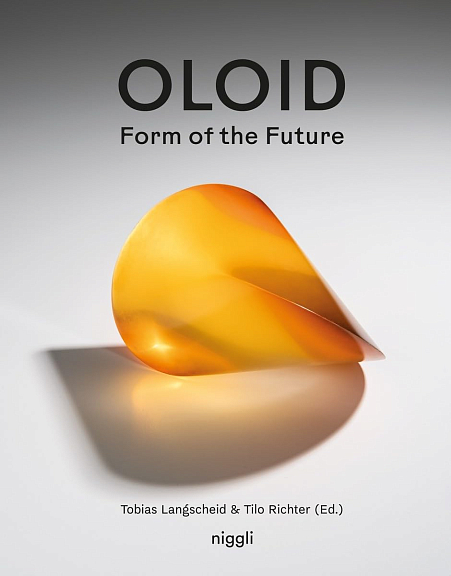-
Книги
- Нонфикшн
- Гуманитарные науки
- Деловая литература
- Естественные / Точные науки
- Книгоиздание
- Лайфстайл
- Словари / Энциклопедии
- Художественная литература
- Детектив
- Драматургия
- Классическая проза
- Мифология. Эпос
- Поэзия
- Собрания сочинений
- Современная художественная проза
- Фантастика. Фэнтези
- Биографии / Мемуары
- Графические романы / Комиксы
- Детские книги
- Воспитание. Педагогика
- Детский досуг
- О детских книгах
- Познавательная литература
- Художественная литература для детей
- Журналы / Зины
- Архитектурные
- Гуманитарные
- Журналы о моде
- Зарубежная периодика
- Искусство / Фотография
- Кино / Театр
- Лайфстайл
- Книги «Подписных изданий»
- Книги на иностранных языках
- Английский язык
- Испанский язык
- Итальянский язык
- Книги на иностранных языках для детей
- Немецкий язык
- Финский язык
- Французский язык
- Шведский язык
- Книги о кино
- Книги о музыке
- Книги о средневековье
- Книги о театре
- Книги о фотографии
- Книги об искусстве / Книги об архитектуре
- Альбомы по искусству
- Архитектура
- Декоративно-прикладное искусство
- Живопись
- Искусствоведение
- Орнаменты
- Прочее
- Танец
- Татуировка
- Творческое развитие
- Книги по философии
- Кулинарные книги
- Николай Солодников рекомендует
- Предзаказ
- Про дизайн / Про моду
- Путеводители / Книги о путешествиях
- Канцелярские товары
-
Подарки
- Брошки и значки
- Гирлянды
- Закладки
- Игры
- Календари
- Наклейки
- Наши сувениры
- Открытки
- Всякие-разные
- Наборы открыток
- Поздравления
- Про любовь и другие хорошие чувства
- С писателями и поэтами
- С цветами, овощами и фруктами
- С цитатами и другими фразами
- Подарочные сертификаты
- Постеры
- Прочее
- Сумки и шоперы
- Упаковка
- Подарочные сертификаты
Адрес магазина: Санкт-Петербург, Литейный пр., 57
Oloid. Form of the Future
| Издательство | Niggli Verlag |
|---|---|
| Год издания | 2024 |
| Переплет | Твёрдый |
| Страниц | 160 |
| Формат | 176x228 мм |
| Язык | Английский |
| ISBN | 978-3-72121025-5 |
| Артикул | 1199982 |
This monograph, rich in images and easy-to-understand shows how today, more than ever, the timelessly beautiful oloid serves as a source of inspiration and a functional element. In 1929, the sculptor, inventor and researcher Paul Schatz (1898–1971) discovered this geometric form. Schatz' lifework was characterized by this fundamentally new body, which emerged from movement, for which he sought and found new and pioneering applications for a number of decades.
This is true for the fine arts and design, in technology and research, in architecture, philosophy or music. Close esthetic references to the contemporaneous sculptures of Naum Gabo, Constantin Brancusi, or Henry Moore are just as surprising as current homages to Paul Schatz by artists such as Olafur Eliasson. As simple as it is complex, at the same time elegant and powerful, the oloid proves to be a universal body that has not yet revealed all its secrets and potentials.
Подписка на рассылку
Мы будем присылать вам обзоры книг, промокоды и всякие-разные новости






